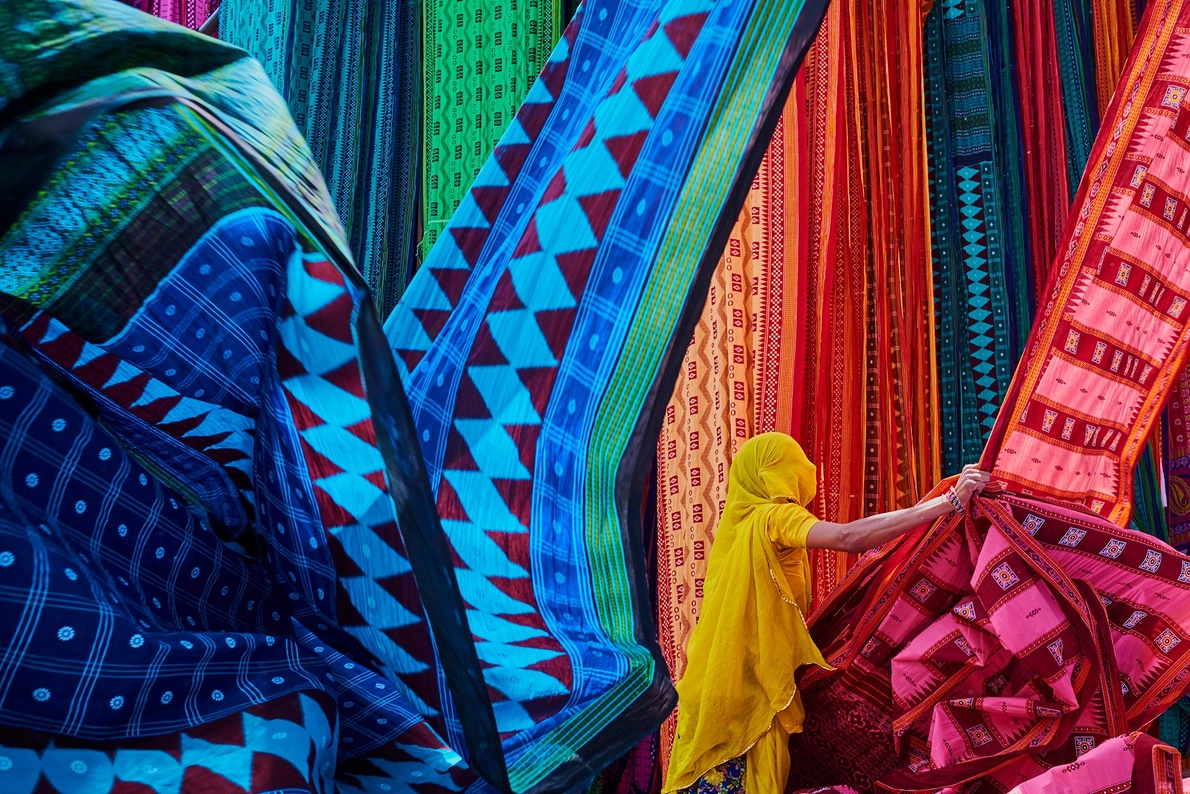
In February 2022 the online bank card platform for teenagers Pixpay conducted a study on the consumption habits of 50,000 of its users. The payment card for 10-18 year olds is co-piloted by parents. The results show an increase in French teenagers’ consumption of Asian websites. Between January 1, 2020 and March 15, 2021, Pixpay found that Aliexpress and Shein were the fifth and ninth most used sites by Pixpay users. Leading the way are McDonald’s restaurants, but also Apple, PlayStation, Amazon and AliExpress.
The study reveals a fierce battle between brands to conquer the wallets and wardrobes of teenage girls. “The battle largely turns in favor of Zara against H&M (70% of volume spending versus 30%).”
In April 2022, Pixpay unveiled its barometer of the carbon footprint of teenagers surveyed. According to the figures, French teenagers emit 33 kg of CO2 per month, or 396 kg per year, through their transactions. If we compare this consumption to that of adults, which reached an average of 11.2 tons of CO2 in 2018, the figures are not considerable.
On the other hand, “if we report the CO2 emission per euro spent, it is the youngest who have the biggest impact with 0.36 kg of CO2 per euro spent for 10-12 year olds compared to 0.33 kg of CO2 per euro spent for 16-18 year olds.” Young girls would emit 34.3 kg of CO2 per month, against 31.8 kg monthly for young boys, this difference being mainly explained by their consumption of ready-to-wear clothes.
To date, the clothing and fashion industry is one of the largest contributors to pollution, waste and greenhouse gas emissions in the world. “Fashion comes and goes, but the environmental and social impacts it causes are long-lasting. Feeding our craving for novelty, the major international ready-to-wear brands offer irresistible pieces every day at unbeatable prices. This phenomenon has a name: fast-fashion” describes the ADEME in a dossier devoted to this omnipresent ecological disaster.
➔ Read more (in French) on National Geographic
